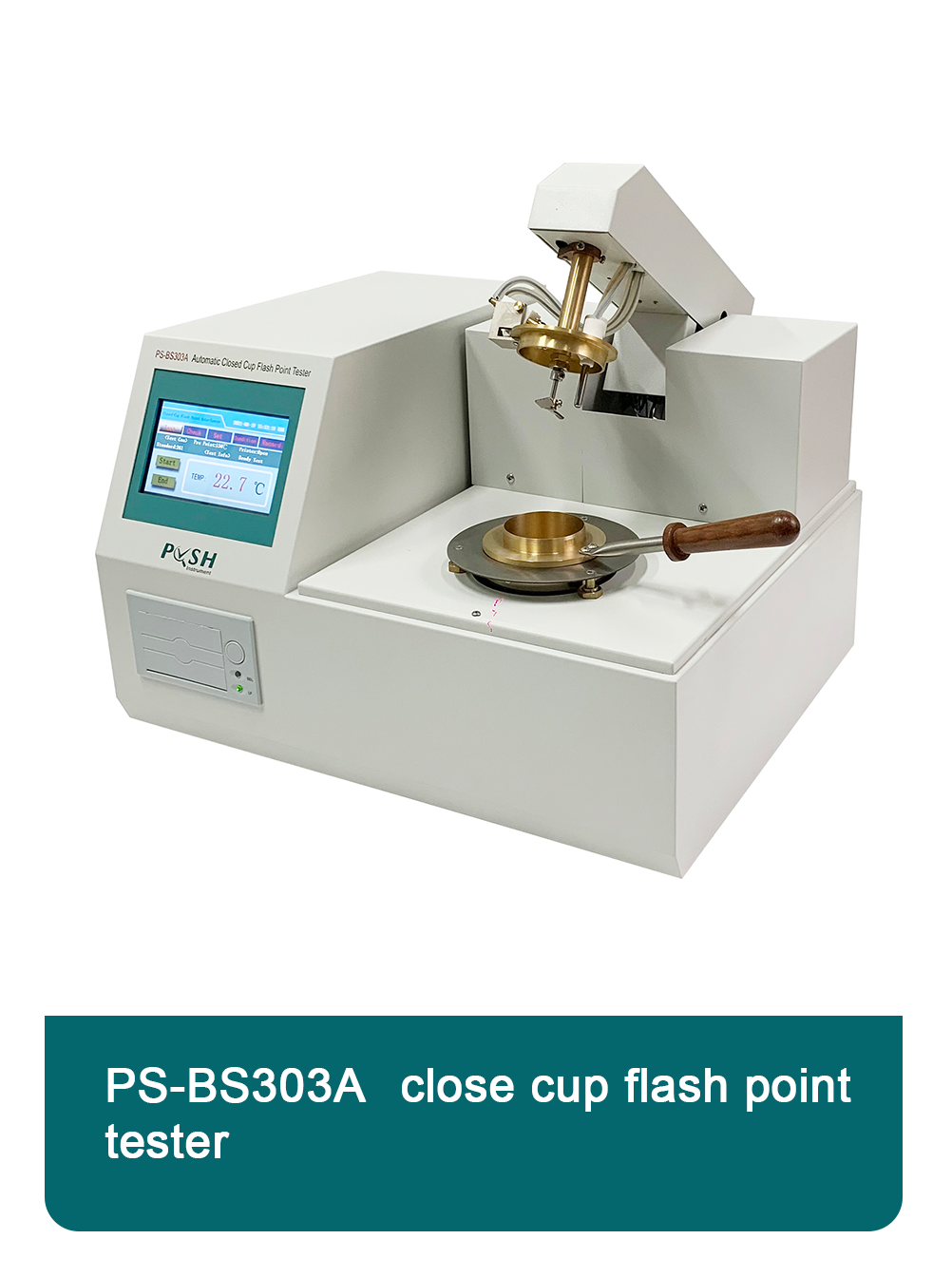 English
English



-
 Afrikaans
Afrikaans -
 Albanian
Albanian -
 Amharic
Amharic -
 Arabic
Arabic -
 Armenian
Armenian -
 Azerbaijani
Azerbaijani -
 Basque
Basque -
 Belarusian
Belarusian -
 Bengali
Bengali -
 Bosnian
Bosnian -
 Bulgarian
Bulgarian -
 Catalan
Catalan -
 Cebuano
Cebuano -
 China
China -
 China (Taiwan)
China (Taiwan) -
 Corsican
Corsican -
 Croatian
Croatian -
 Czech
Czech -
 Danish
Danish -
 Dutch
Dutch -
 English
English -
 Esperanto
Esperanto -
 Estonian
Estonian -
 Finnish
Finnish -
 French
French -
 Frisian
Frisian -
 Galician
Galician -
 Georgian
Georgian -
 German
German -
 Greek
Greek -
 Gujarati
Gujarati -
 Haitian Creole
Haitian Creole -
 hausa
hausa -
 hawaiian
hawaiian -
 Hebrew
Hebrew -
 Hindi
Hindi -
 Miao
Miao -
 Hungarian
Hungarian -
 Icelandic
Icelandic -
 igbo
igbo -
 Indonesian
Indonesian -
 irish
irish -
 Italian
Italian -
 Japanese
Japanese -
 Javanese
Javanese -
 Kannada
Kannada -
 kazakh
kazakh -
 Khmer
Khmer -
 Rwandese
Rwandese -
 Korean
Korean -
 Kurdish
Kurdish -
 Kyrgyz
Kyrgyz -
 Lao
Lao -
 Latin
Latin -
 Latvian
Latvian -
 Lithuanian
Lithuanian -
 Luxembourgish
Luxembourgish -
 Macedonian
Macedonian -
 Malgashi
Malgashi -
 Malay
Malay -
 Malayalam
Malayalam -
 Maltese
Maltese -
 Maori
Maori -
 Marathi
Marathi -
 Mongolian
Mongolian -
 Myanmar
Myanmar -
 Nepali
Nepali -
 Norwegian
Norwegian -
 Norwegian
Norwegian -
 Occitan
Occitan -
 Pashto
Pashto -
 Persian
Persian -
 Polish
Polish -
 Portuguese
Portuguese -
 Punjabi
Punjabi -
 Romanian
Romanian -
 Russian
Russian -
 Samoan
Samoan -
 Scottish Gaelic
Scottish Gaelic -
 Serbian
Serbian -
 Sesotho
Sesotho -
 Shona
Shona -
 Sindhi
Sindhi -
 Sinhala
Sinhala -
 Slovak
Slovak -
 Slovenian
Slovenian -
 Somali
Somali -
 Spanish
Spanish -
 Sundanese
Sundanese -
 Swahili
Swahili -
 Swedish
Swedish -
 Tagalog
Tagalog -
 Tajik
Tajik -
 Tamil
Tamil -
 Tatar
Tatar -
 Telugu
Telugu -
 Thai
Thai -
 Turkish
Turkish -
 Turkmen
Turkmen -
 Ukrainian
Ukrainian -
 Urdu
Urdu -
 Uighur
Uighur -
 Uzbek
Uzbek -
 Vietnamese
Vietnamese -
 Welsh
Welsh -
 Bantu
Bantu -
 Yiddish
Yiddish -
 Yoruba
Yoruba -
 Zulu
Zulu
Load Test of Single Phase Transformer
Load Test of Single Phase Transformer
A single-phase transformer is an essential component in electrical power distribution, converting voltage levels to ensure efficient transmission of electricity. Conducting a load test on a single-phase transformer is critical to assess its performance, efficiency, and safety under operational conditions. The load test involves putting the transformer under a specified load and measuring the resulting performance metrics such as voltage regulation, efficiency, and temperature rise.
Load Test of Single Phase Transformer
To perform a load test, the setup requires a few essential components the transformer under test, a variable load, and appropriate measuring instruments. First, it is necessary to measure the no-load voltage and current, ensuring that the transformer operates within the specified ratings. Once these baseline measurements are taken, a load is gradually applied, typically in steps, while continuously monitoring the voltage, current, and temperature.
load test of single phase transformer

One of the key performance indicators to observe during a load test is voltage regulation. Voltage regulation measures how much the voltage drops under load compared to no-load conditions. It is crucial because substantial voltage drop can affect the performance of downstream equipment. A well-designed transformer will have minimal voltage variation during operation.
Efficiency is another vital factor to be assessed during the load test. The efficiency of a transformer is defined as the ratio of the output power to the input power, expressed as a percentage. During the load test, losses due to both copper (I²R losses) and core losses (hysteresis and eddy current losses) are calculated. An efficient transformer will exhibit high output power relative to its input power, indicating minimal energy losses.
Temperature rise is an important aspect to monitor during the load test. As the transformer operates under load, heat is generated due to losses in the windings and core. If the temperature exceeds acceptable limits, it can lead to insulation breakdown and, ultimately, a transformer failure. Thermographic cameras are often employed to detect hot spots that may not be visible to the naked eye, allowing for a comprehensive assessment of the transformer's thermal performance.
In conclusion, conducting a load test on a single-phase transformer is an indispensable procedure that ensures the device operates efficiently and safely. By evaluating key performance metrics such as voltage regulation, efficiency, and temperature rise, engineers can identify potential problems early and take corrective actions as needed. This proactive approach to transformer maintenance not only extends the lifespan of the equipment but also enhances the reliability of the electrical supply system. Implementing regular load tests should be a standard practice in maintaining electrical infrastructure, ensuring that transformers continue to perform optimally in their critical roles.
-
Transformer Test Essentials: Insulating Oil Tester and TypesNewsMay.30,2025
-
Grease Testers and Oil Determination OverviewNewsMay.30,2025
-
Exploring Electricity Usage Testers and GeneratorsNewsMay.30,2025
-
Essential Guide to Transformer Oil Testing ToolsNewsMay.30,2025
-
Ensuring Safety with a Circuit Breaker FinderNewsMay.30,2025
-
Electrical Safety Tools Hipot, Dielectric, VLF TestersNewsMay.30,2025



